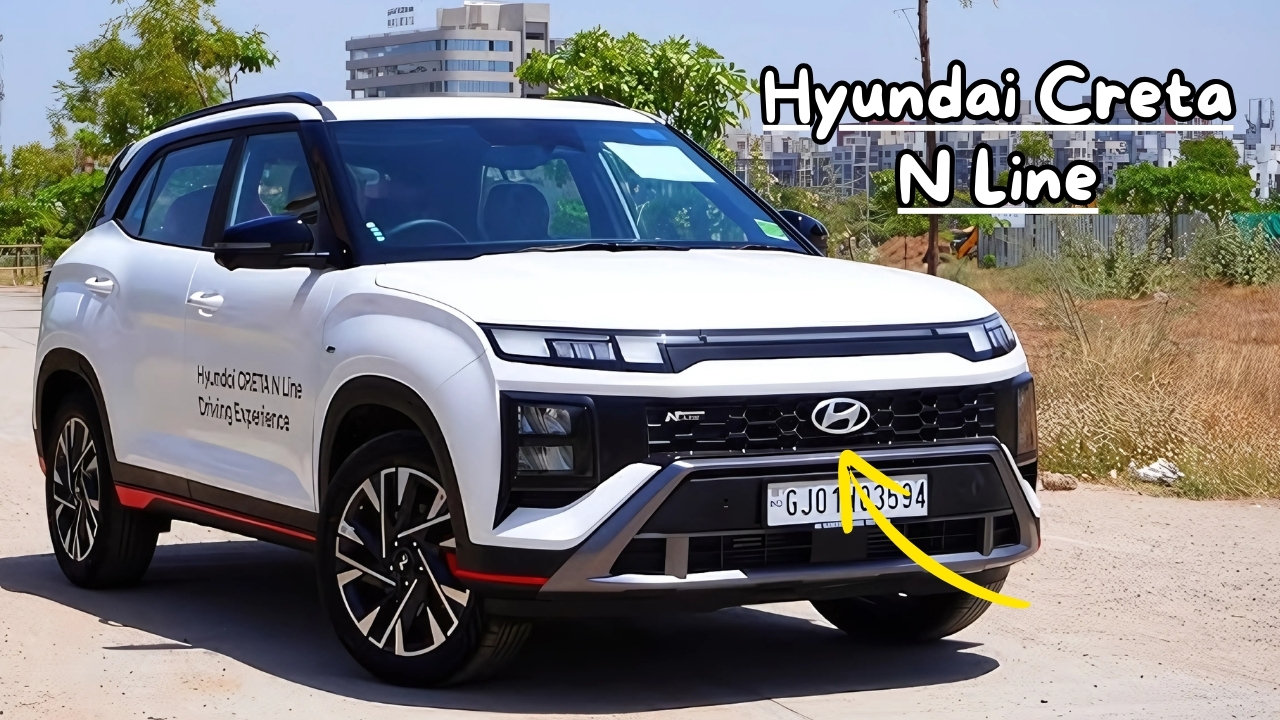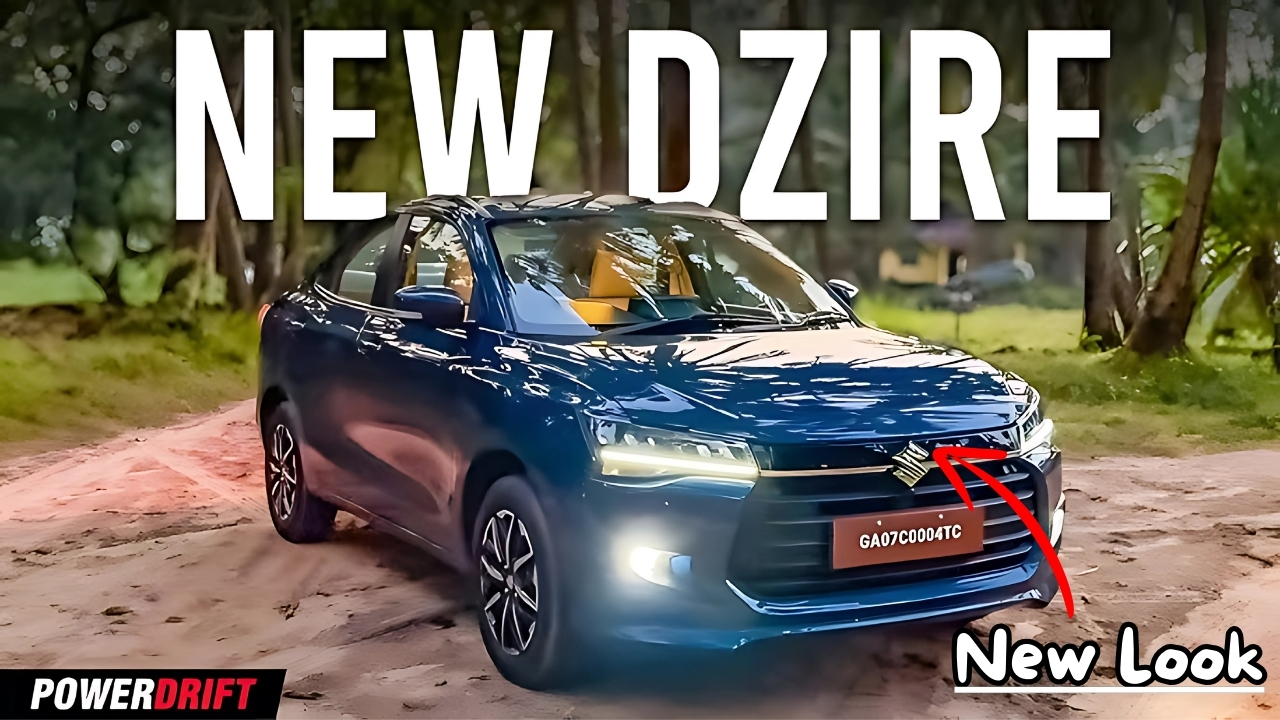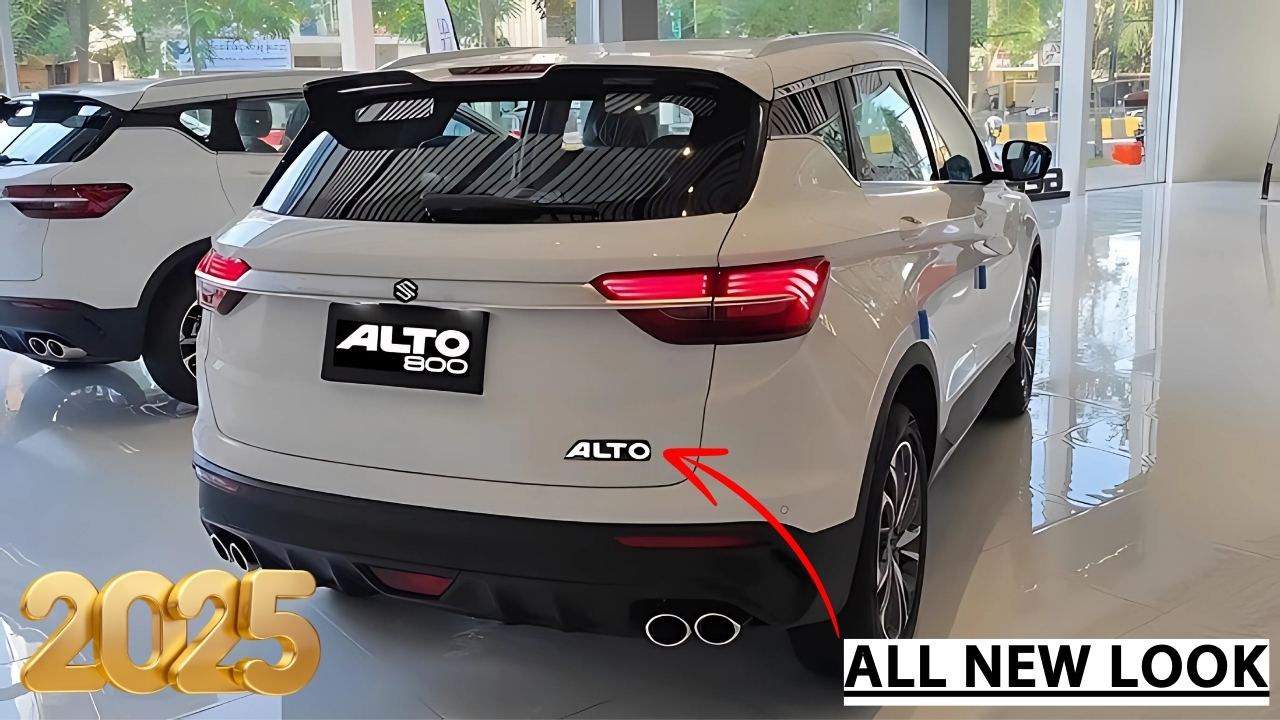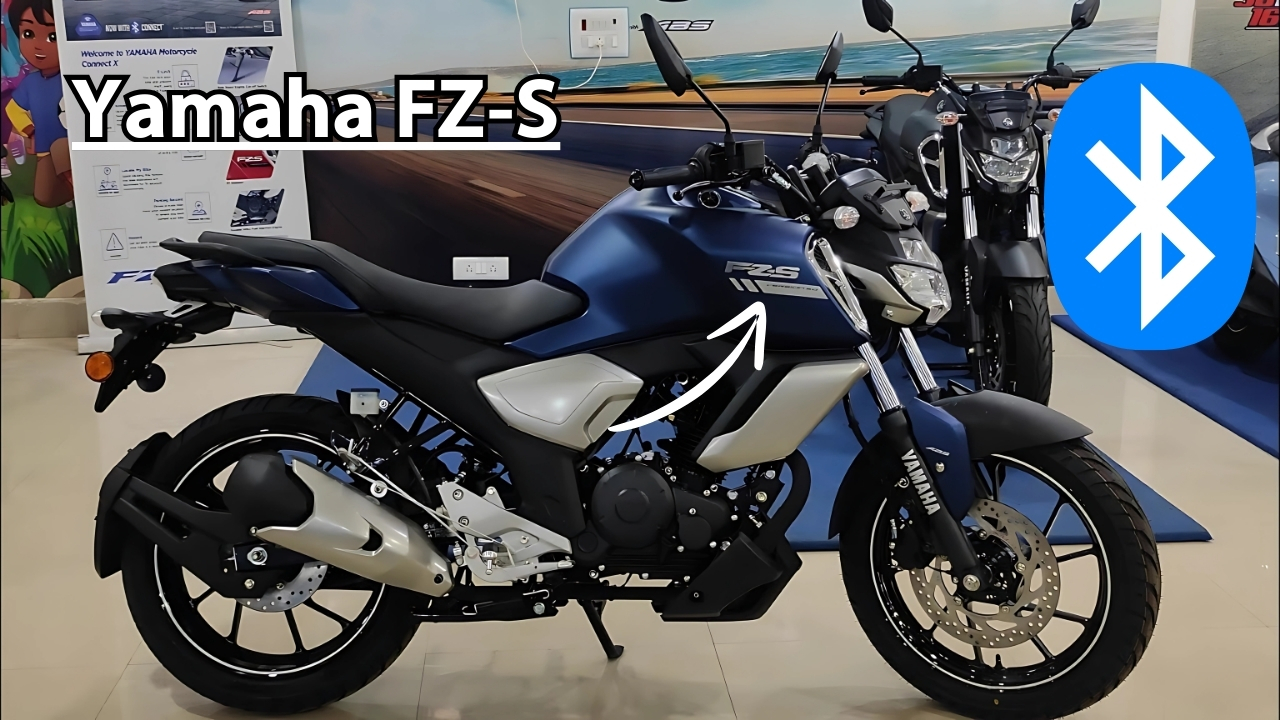Tata Tiago EV : In a daring shift to transform the Indian automotive scene, Tata Motors has unveiled the Tiago EV, a revolutionary electric vehicle aimed at making EVs more affordable.
This launch signifies a major leap forward in India’s quest for sustainable transport, broadening access to electric mobility for a diverse array of consumers.
The Tata Tiago EV stands out as a ray of hope for budget-conscious buyers who have typically been sidelined in the electric vehicle narrative.
With a starting price of ₹8.69 lakh (ex-showroom), it dismisses the stereotype that EVs are meant only for the wealthy.
This strategic pricing makes the Tiago EV an appealing choice for first-time car owners and those eager to transition from traditional fuel vehicles without stretching their budget.
Market Positioning: Bridging the Gap
Tata Motors has cleverly positioned the Tiago EV to connect early adopters with the mainstream market.
By offering a competitively priced electric vehicle comparable to many popular petrol hatchbacks, Tata is effectively bridging the divide – a concept famously articulated by Geoffrey A. Moore in marketing strategy.
The Tiago EV isn’t just about affordability; it’s about altering perceptions. It sends an impactful message that electric mobility can be a practical choice for the average Indian consumer.
This positioning is vital in a price-sensitive country like India, where the value for money often outweighs brand prestige or cutting-edge technology.
Tata Tiago EV Features That Resonate with the Target Audience
Despite its attractive pricing, the Tiago EV does not skimp on features. It boasts a range of 250-315 km on a single charge, which makes it ideal for daily urban commutes as well as occasional longer journeys.
This range particularly caters to city dwellers who often experience range anxiety – a common hurdle in EV uptake.
The vehicle comes loaded with features typically found in more premium models:
-
Connected car features
-
Regenerative braking
-
Multiple driving modes
-
Fast charging capability
These features not only enhance value but also directly address standard concerns regarding EV ownership, like range and charging times.
Targeting the Aspirational Middle Class
The Tiago EV is meticulously designed for India’s growing middle class – a demographic that is becoming increasingly aware of environmental issues yet constrained by budgetary considerations.
By making electric vehicles financially attainable, Tata taps into this vast market of aspirational consumers eager to join the EV movement without straining their finances.
This strategy aligns seamlessly with the Indian government’s initiative for electric mobility. It supports the national objective of reducing carbon emissions and decreasing reliance on fossil fuels, while also promoting local manufacturing under the “Make in India” initiative.
Tata Tiago EV Comparative Advantage in the Market
When stacked against its Tata EV siblings, the Tiago EV shines due to its affordability. It undercuts the Tigor EV, which was formerly the most budget-friendly EV in India at approximately ₹12.5 lakh.
This price difference is significant enough to attract a new class of buyers who previously deemed EVs financially unattainable.
In the larger EV landscape, the Tiago EV faces limited competition in its price range, giving Tata Motors a first-mover advantage in the affordable EV sector, which could help them secure a noteworthy market share before rivals respond.
Tata Tiago EV Overcoming Adoption Barriers
The Tiago EV’s launch tackles several essential barriers to EV acceptance in India:
-
Initial Cost: By sharply reducing the entry price for EVs, Tata has made electric mobility a feasible option for many more buyers.
-
Range Anxiety: With a range that meets the needs of most urban commuters, the Tiago EV eases worries about battery depletion during daily travels.
-
Charging Infrastructure: While this remains a hurdle, the Tiago EV’s reasonable price means that more individuals can consider home charging solutions, lessening their reliance on public charging facilities.
-
Perception: By releasing a full-fledged EV at this accessible price, Tata is reshaping the notion that electric vehicles are inherently costly or impractical for daily use.
Tata Tiago EV Economic Benefits for Consumers
The Tiago EV’s value proposition goes beyond its upfront cost. Electric vehicles typically feature far lower running costs compared to petrol models. For financially cautious buyers, this means notable savings over the vehicle’s lifespan.
Think about the following:
-
Lower per-kilometer operating cost
-
Decreased maintenance costs due to fewer moving parts
-
Possible government incentives and tax breaks for EV owners
These aspects contribute to a reduced total cost of ownership, making the Tiago EV a financially wise option for budget-conscious consumers.
Environmental Impact and Social Responsibility
While its affordability is a strong selling point, the Tiago EV also taps into the rising environmental awareness among Indian consumers. It provides an avenue for individuals to minimize their carbon footprint without sacrificing mobility needs.
This facet of social responsibility particularly resonates with younger consumers, who are more likely to prioritize sustainability in their purchasing choices.
By opting for the Tiago EV, consumers can feel they are playing a part in creating cleaner air and reducing urban pollution – significant issues in numerous Indian metropolises.
Challenges and Future Outlook
Despite its encouraging trajectory, the Tiago EV faces certain challenges:
-
Charging Infrastructure: The scarcity of public charging points continues to pose a challenge, especially for those without home charging options.
-
Battery Technology: As advancements in battery technology occur, there may be concerns regarding the longevity and future viability of current EV models.
-
Competition: While it currently leads the affordable EV segment, Tata must brace for heightened competition as additional manufacturers step into this arena.
Looking forward, the success of the Tiago EV could set the stage for more economical electric vehicles in India. It may encourage other manufacturers to escalate their EV initiatives, potentially leading to a more varied and competitive electric vehicle marketplace.
Tata Tiago EV Conclusion: A Catalyst for Change
The Tata Tiago EV signifies more than just an affordable electric vehicle; it embodies a catalyst for transformation within the Indian automotive sector.
By making electric mobility accessible to a broader audience, Tata Motors is not only expanding its market footprint but also contributing to the larger national objective of sustainable transport.
As India strides towards ambitious EV adoption and emission reduction targets, vehicles like the Tiago EV will play a pivotal role. They symbolize a connection between the current state and a future where electric vehicles are the norm rather than an exception.
The true measure of the Tiago EV’s success will be its capacity to persuade the average Indian consumer that electric vehicles can be environmentally friendly, practical, and financially viable.
If it achieves this goal, it could herald a new chapter in Indian mobility – one that is cleaner, greener, and accessible to everyone.
In conclusion, the Tata Tiago EV is not merely targeting budget-conscious consumers; it aims to reshape the entire narrative surrounding electric vehicles in India.
By rendering EVs affordable without sacrificing quality or features, Tata Motors is democratizing electric mobility and paving the way for a sustainable automotive future in India.






